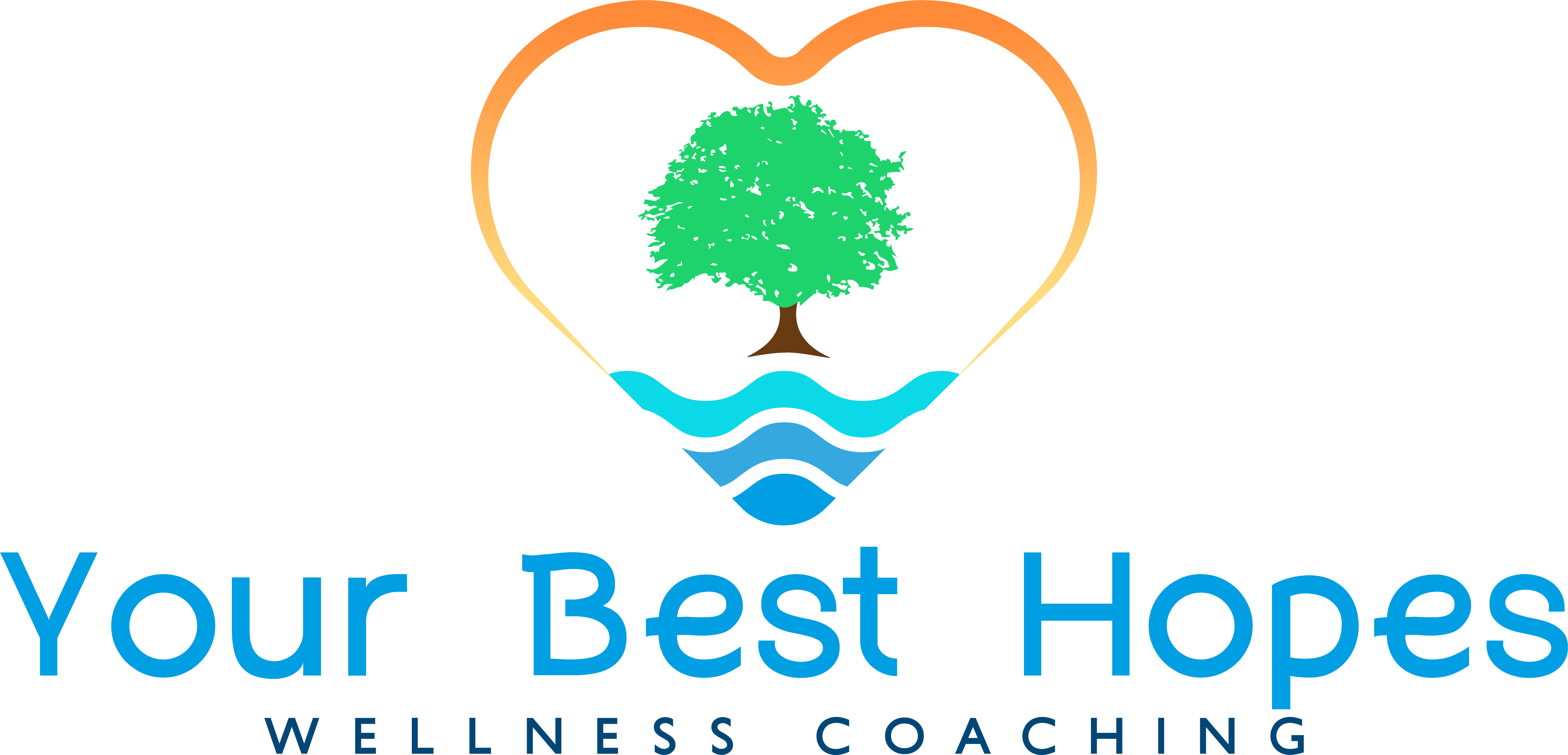“If the old me disappears, who will I be?”
When considering making changes in life, this question is something very real to contemplate. We humans have a difficult time making changes to ourselves, to our habits, to our perspectives, and even to our very thoughts.

But are you your “story”? The story you’ve shown and/or told time after time, day after day? We all tend to share our story as our way of building trust with others and to even show our vulnerability. But if the story needs to have new chapters, or a change in “plot”, we shouldn’t be afraid to write a new edition. So then, why are we so attached our stories, their outcomes, especially in times of perceiveable undesired habits or behaviors?
Because, the loss of the old self is a death, a chemical change. We find that we would rather have personal dysfunction rather than transform ourselves because at least that dysfunction is predictable. It’s familiar. Like that old, torn t-shirt that you can’t quite throw away. Clinging to the familiar transcends reality because the body wants to return to that “familiar” self – even if it hurts. It trusts the pain over the unknown.
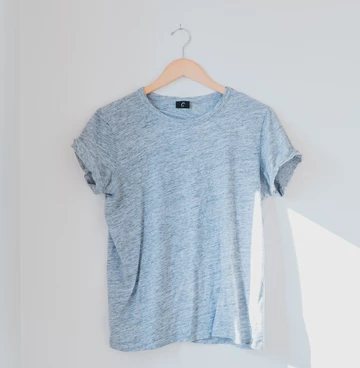
One of the best and recent discussions I heard about this was by Carolyn Myss as featured on the Positive Head podcast (Episode #1023 – https://youtu.be/QjgJv9RtzkA). She said, “human beings are the only creatures who will fight to the death to stay in the wrong place. And they resent people for getting them out of hell!” To me, this happens especially when people are confronted with forced change. If we truly want to change, then we generally don’t resent those who try to help us out of the hell.

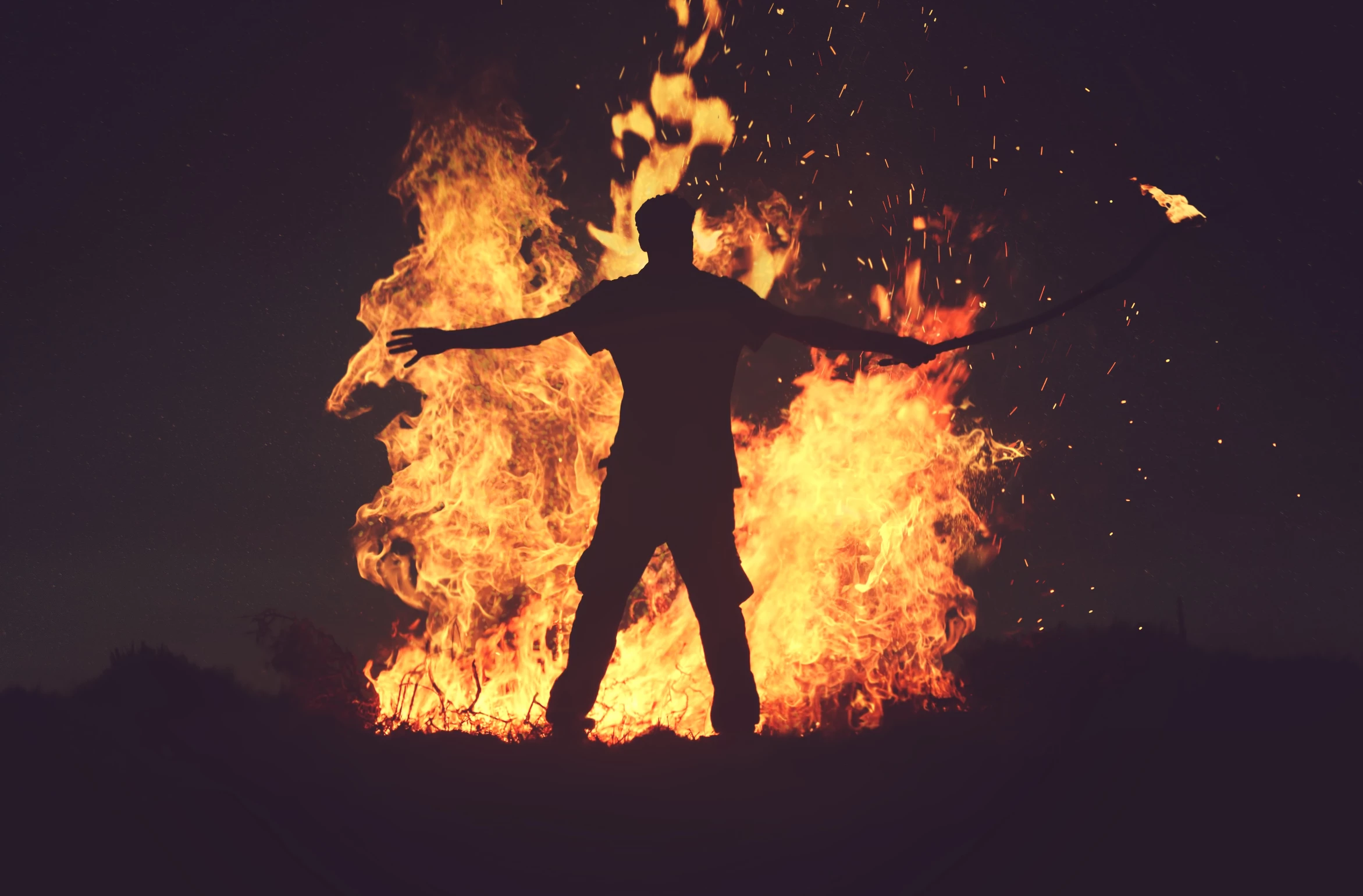
But, instead of easily accepting the helping hand, we tend to run from the unknown out of fear, which creates a pattern of negative beliefs and behaviors. And like many patterns, they can become habit. Then, as the habits perpetuate, we become addicted to our associated emotions and physiological responses to the created stress as a means for pure survival. There is actually a rush of energy in this survival mechanism.
When we are in survival (“fight”) mode, we have only three things that concern us – our bodies (how they look, function, etc.), our environments (what do we have surrounding us that protects us, makes us feel good and safe), and time (is there enough to fight the fight).
In our world today, the fight we face (or flee from) is that stress. It chases us relentlessly. Hence, we live in this state constantly, which causes an obsession with those three focuses of survival. And in this modern, perpetual stress state, the associated response hormones cause us to believe that the “outer” world is more real than the “inner” world. And this has led us to become materialists in trying to have that perfect body, perfect environment and be manipulators of time. Then when in the flight mode, this prevalence of stress hormones in the body and brain, cause us to be disconnected from possibilities. Our brains cannot be in the mode of creation, trust, and learning when they are occupied with protecting the self. We simply cannot do anything but survive. We want to keep our iron grip on that old, familiar t-shirt rather than risk trying on something new.
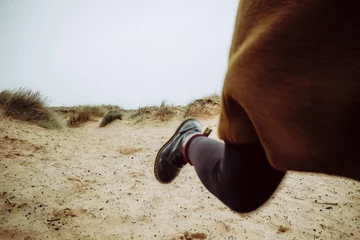
So how can we break this addiction and move to a preferred future where there exists again a life joy and fulfillment? We have to do it by removing that fear and avoidance of the unfamiliar, the foreign, the undiscovered. And the best way to remove this fear is for us to become ones in charge. Stop sitting back and letting life drive us, rather, we take the wheel and take control of where WE want to be and how we get there. We eliminate the need to flee from the future by being the very ones to create it – and to do it right from the perfect void of the unknown. We embrace that void and learn that reprogramming the mind to see itself in the preferred future is the key to breaking the addiction of the “story”. And it starts with the thought process.
When you are still, free of distraction, and alone with your own thoughts, what comes through? As you take stock of where you are in life, and contemplate how things might be better, what goes through your mind? Are you that naysayer who believes you’re not able to make those changes? You’re not worth making those changes? If that’s the case, it’s time to make the shift and believe in yourself. Take off that tattered t-shirt and cast it aside. For good.

Think about it – you’ve survived all that you’ve faced to date if you’re sitting there reading this blog. You’ve made to the other side of whatever challenges you’ve dealt with thus far. So, it’s time to look at yourself with reverence just for who you are. Look for that resilient, tough warrior that stood up to those challenges, fought the good fight and won. Reach down deep and find that high self esteem that may have been lost in the shuffle of life. Carolyn Myss also said that “…self esteem at the soul level is the ability to be given an experience that nobody else has or will ever have and you can withstand a flood of doubt or fear coming at you from all of the naysaying people about your experience of healing.”
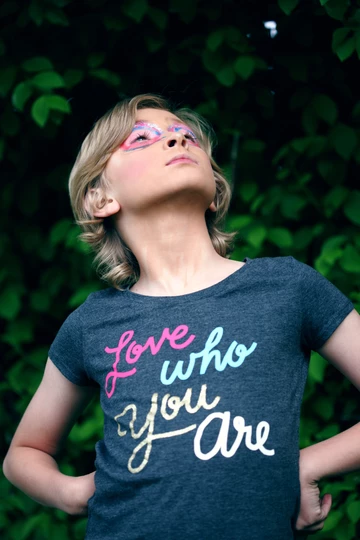
Looking for that superhero, that warrior gives you insight into just what strength and resources you already have. Right there with you. When we practice the inner self-reflection, and really look at who we want to be, whether on our own or with guidance from a coach or therapist who helps us focus on that preferred us, there begins change in the brain. This connection to the preferred future, the new chapter of the story, if you will, brings a marrying of a clear intention with an elevated emotion. We really start to want that preferred future because we are now living it by connecting to it as if it has already happened. We begin move into a new state of being. And when we remind ourselves of this new outcome, this new chapter – new brain patterns begin to form. When we FEEL that we ARE the new person, the body and brain begin to believe it’s actually in that preferred future while in the present moment. But we have to keep tending to that vision, like anything new. We can’t just write a sentence or two for the new chapter. We have to keep writing new sentences, and new chapters to sustain the story. The new “Us”. But remember to write from that perspective of feeling the story unfold exactly as we wish it to be.

So, let’s write that chapter together. Let’s take a pen to paper and begin with the first sentence, “what are my best hopes?”
Lao Tzu said it well:
“When I let go of what I am,
I become what I might be”

